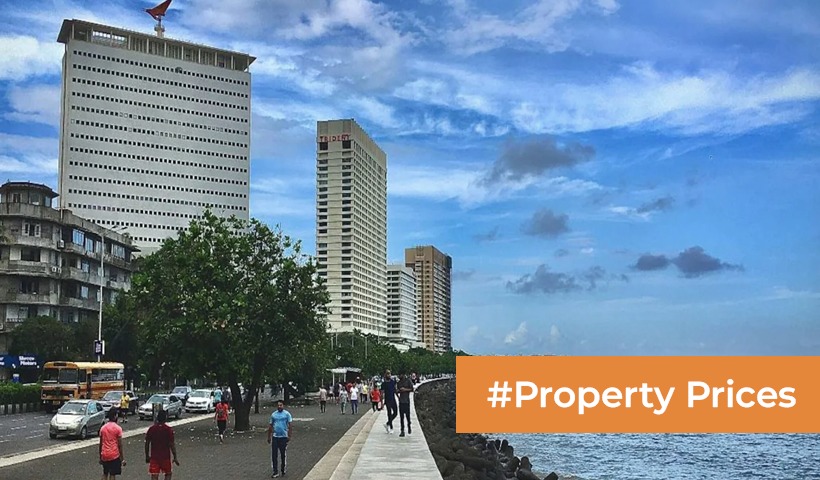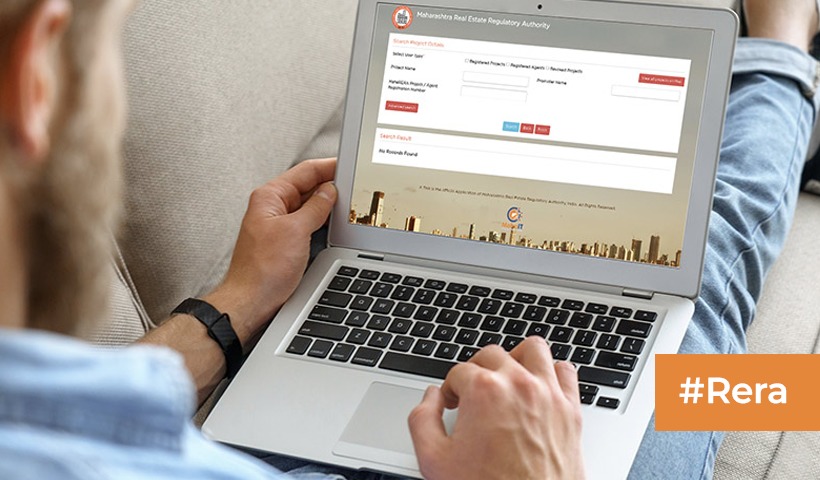Price difference of ready and under construction property
As India battles the uncertain times of Covid-19 and fragmented lockdowns, the largely hit real-estate sector observed some major economic changes. This derailment was easily transparent with the lowest ever price difference of 3-5% in ready and under construction property in the Q1 of 2021.
This diminution came to light during the work from home scenario when property seekers realized owning their house, considering it as an asset class. Amalgamated with the reduced interest rates, the volatile market of real estate became more accessible to potential buyers.
However, this gap between under construction and ready to move property prices has been shrinking in the top 7 cities since 2017, when the difference hovered from 9 to 12%. This noticeable decrease in the price gap is also a result of the Covid-19 second wave which brought a change in people’s spending patterns. As opposed to the first wave, the entire population was keen on saving and investing rather than spending undirected.
According to a recent study, previously under construction property buyers had the patience and willingness to court construction risk which required lower price investment. But, during the global pandemic situation, all the projects were either stalled or delayed causing unpredictability in the entire real estate sector.
Ready to move property is offering the security and zero waiting period in these trying times, that under construction has failed. With an array of inventory in the real estate, a home buyer has a spectrum of choice with location, low risk and configuration in the ready to move property segment.
Although, this figure in Q1 of 2021 has a varied and staggering price gap in different states of India when compared to the 2017 real estate situation:
- In the Mumbai metropolitan region in 2017, the gap between ready to move and under construction homes was recorded as the highest at 12%. The average price of RTM homes was INR 10.365 sq. ft and for UC it stood at INR 9,251 sq ft. With the growing instability in the real estate market, the price gap came down to INR 10,700 sq ft for RTM and INR 10,350 sq ft for UC in the first quarter of 2021. This was the lowest price gap reported at 3%.
- The second-lowest price gap was observed in the IT city of India, Bengaluru with a plunge from 12% in 2017 to 4% in the Q1 of 2021. This brought the average price range of INR 4,889 sq ft for RTM and INR 4,365 for UC in 2017 to INR 5,130 sq ft for RTM to INR 4,910 sq ft in Q1 of 2021.
- Kolkata, with a drop from 10% in 2017 to 4% in Q1 of 2021 was another city to feel the brunt of the global pandemic.
- The price gap between ready to move property and under construction in the city of Pune saw a sinking of 12% in 2017 to 5% in the first quarter of 2021.
- Nation Capital Region was another sharply hit with the narrowing of the price gap between RTM and UC property from 9% in 2017 to 3% in Q1 of 2021. This accounted for INR 4413 sq ft for RTM and INR 4036 sq ft for UC in 2017 to INR 4650 sq ft for RTM to INR 4500 sq ft for UC in the first quarter of 2021.
- Chennai and Hyderabad also found their real estate sector price gap dwindled from 9% and 10% respectively in 2017 to 5% each in Q1 of 2021.
This slash in the price gap of ready to move property and under-construction property works well for end-users who can move in instantly as well the investors who view this as an opportunity. With the ongoing positive inoculation across India, the entire nation is expected to witness better sales.
While major cities projections incline towards the RTM property, the price gap might squeeze in the ongoing pattern in the quarter of 2021 too. It will allow investors to start earning forthwith and buyers to become property owners without any delay. This might drive the real estate sector to regain its dipping economy eventually in the coming years.
Disclaimer: The views expressed above are for informational purposes only based on industry reports and related news stories. PropertyPistol does not guarantee the accuracy, completeness, or reliability of the information and shall not be held responsible for any action taken based on the published information.




